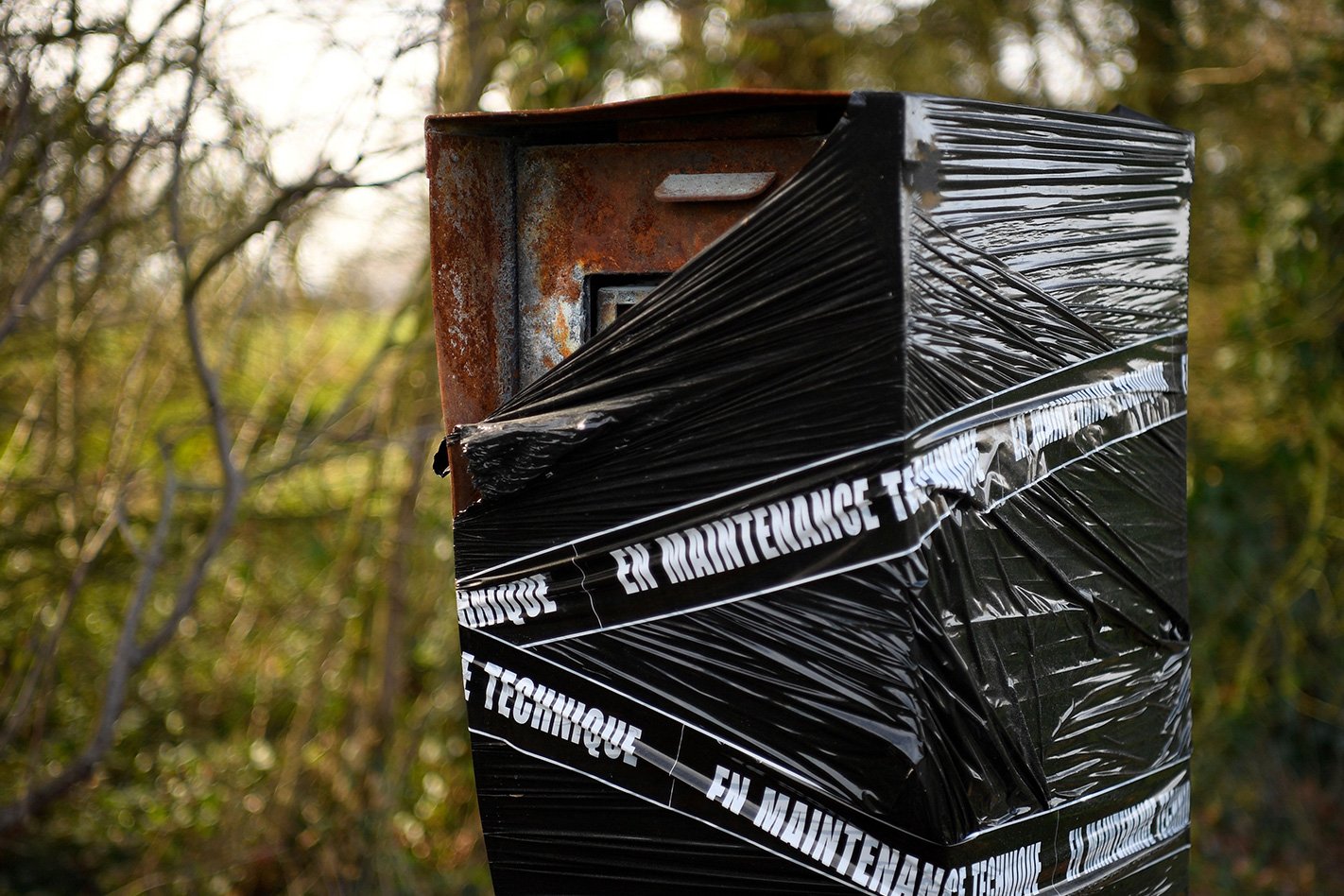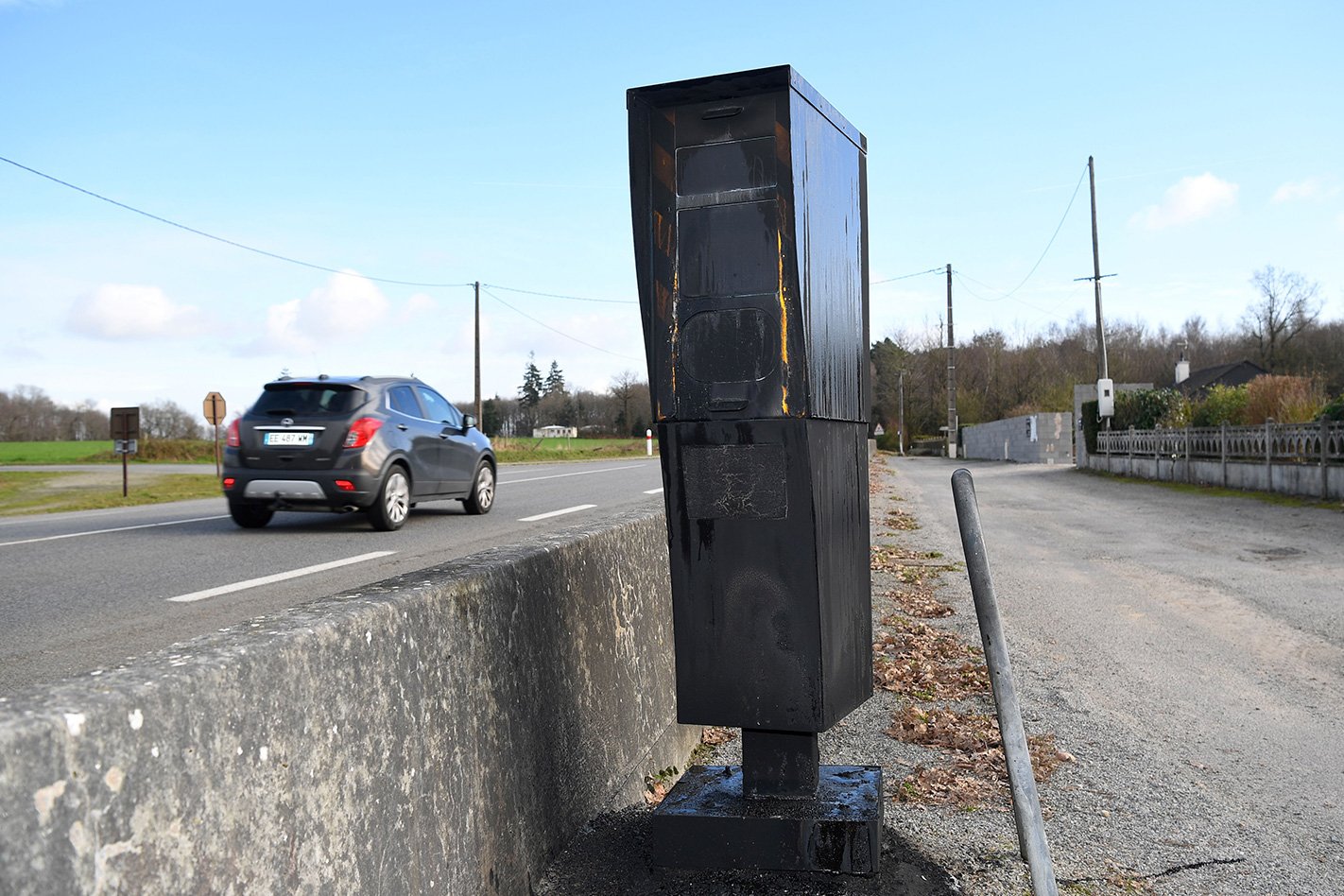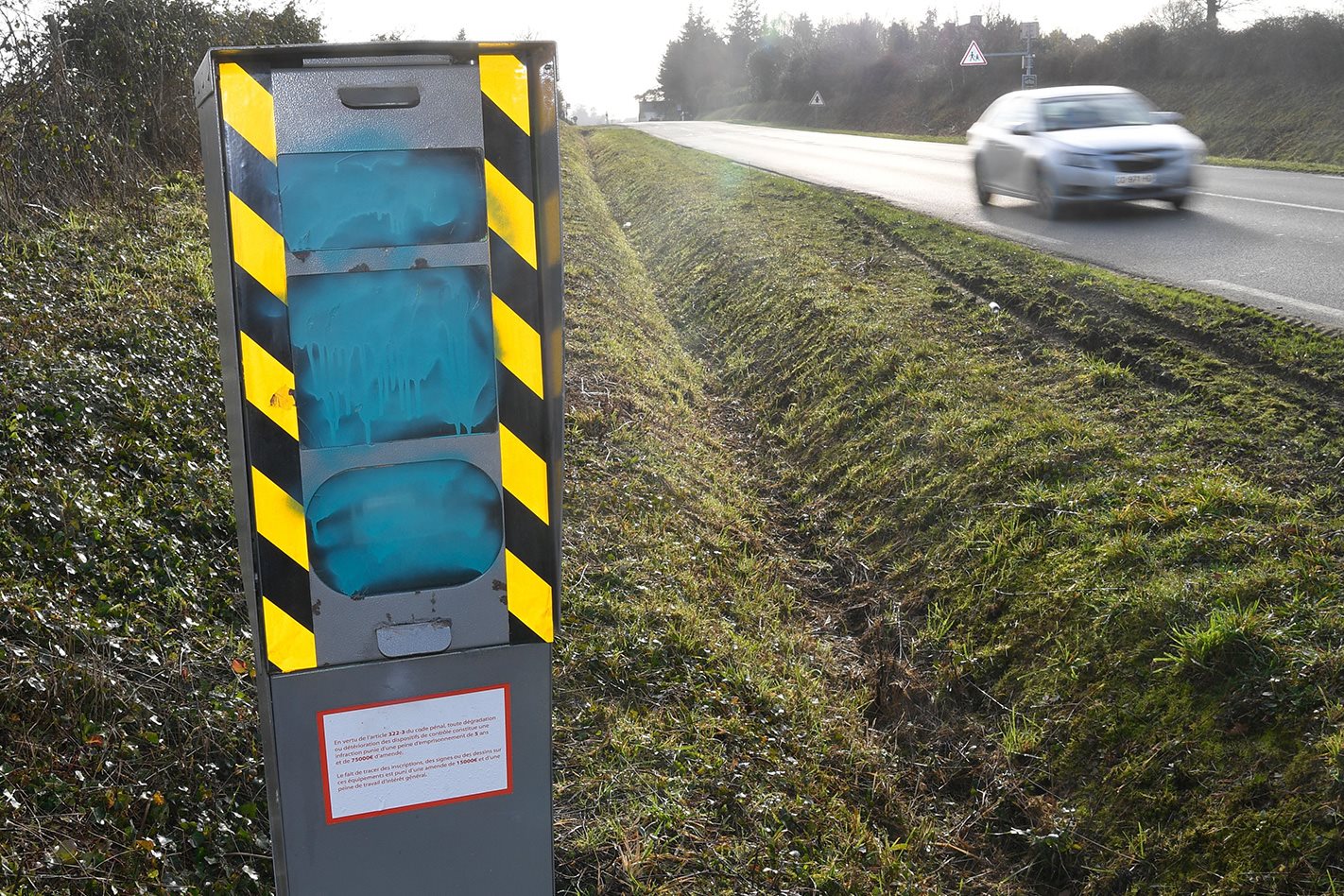WHILE we don’t condone damaging property, we can’t deny that we let a slip a wry smile reading the news of protesters destroying much of France’s speed camera network.
Fighting back against what many see as a blatant revenue raising, the group of protesters known as the ‘Yellow Vests’ – or gilets jaunes in French – have “neutralised, attacked, or destroyed” much of France’s speed camera infrastructure.
The destruction comes as part of the ongoing protests that have gripped the nation since the end of last year.

Protestors are mainly using paint or black tape to prevent the speed cameras from working properly.
It’s believed the damage now extends to over half of the country’s 3200 speed cameras, with an estimated 60 percent of the total number no longer functioning.
Speed cameras have become a controversial topic in France, following the reduction of many main roads’ limits from 90km/h to 80km/h in early 2018.

The Yellow Vests initially started protesting in response to an increase in fuel taxes, angered by the rising costs of living for those priced out of urban areas.
Topics such as toll roads and speed cameras have been co-opted by the movement, which claims poorer members of the community are unfairly and disproportionately affected.
France’s interior minister, Christophe Castaner, says the damage to the speed camera network is a threat to road safety and puts lives in danger.
It’s difficult to predict what a similar reduction in operating speed cameras in Australia would mean for revenue collected by state governments.

This is because of the disparity between revenue collected by each individual camera. For example a single camera in Melbourne raked in $8.4 million for Victoria’s coffers in a 12 month period.
A 60 percent reduction in Victoria’s fixed speed camera revenue would slash the amount of fines given in 2017/18 to $135.2 million (down from $338 million).
A similar reduction in NSW would slash its fixed speed camera revenue from $105million to just $42 million.






